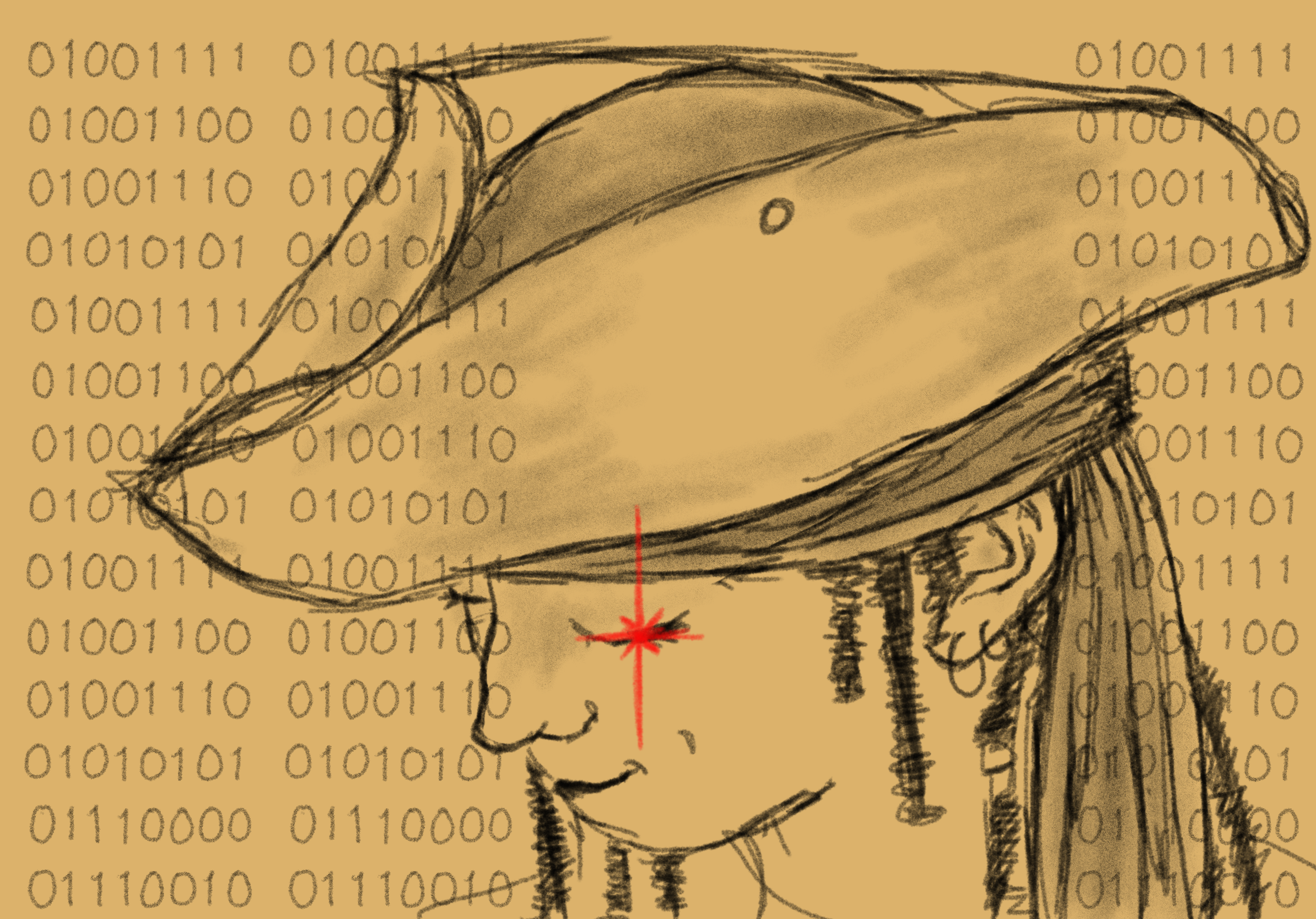
Every year, senior engineering students at UBC Okanagan have to overcome the ‘final boss’ of their degree: the fourth year capstone project.
Over the span of eight months, student teams are partnered with clients across Canada and tasked with solving real-world engineering challenges. This experience marks the culmination of their undergraduate education; they have to integrate the years of technical knowledge they have acquired to produce practical, innovative, and cost-effective solutions for their clients.
These projects can be pretty large-scale, such as producing mechanical and civil engineering designs for sustainable infrastructure or renewable energy systems, to producing cutting-edge novel technologies in aerospace, biomedical devices, and advanced robotics.
For one team in particular, this opportunity incubates the research and development of laser technology for the space industry. StratoLaser, a team of six senior engineering students, is currently developing an experiment to test their laser technologies in the stratosphere for communication with nearby satellites.
What is Optical Laser Technology?
In the realm of engineering, finding ways to transfer data back and forth is a huge deal. For example, have you ever wondered how our cell phones are able to transmit and receive the large sums of data it requires to send texts or scroll through social media?
Our phones are constantly transmitting and receiving radio frequencies (RF) that are encoded to send information. Even for space missions, RF signals have traditionally been used to send information back and forth.
Up until this point, RF has served us well because of its wide wavelength, which can propagate through air and most materials. However, as our technologies become more sophisticated, our need to transmit greater quantities of data, with greater speed, also grows.
For example, in 2013, NASA sent a spacecraft to the moon called the Lunar Atmosphere and Dust Environment Explorer (LADEE). If we wanted to watch a movie on the LADEE, it would have taken us over 26 days to download it using RF. If we used optical lasers instead, it would only take 8 minutes!
Both RF and optical lasers travel at the speed of light, so it’s not the speed of data transmission that’s important here. Instead it’s the frequency. Since optical lasers exist in the visible light spectrum, they have a much higher frequency than RF, allowing more bits of data to be stored than we originally thought possible.
StratoLaser is currently studying this – the ability to use visible light in the form of lasers to transmit data. In collaboration with the Advanced Optics Laboratory at UBCO and the Canadian Space Agency (CSA), they are going to design and build a laser transceiver that will be launched aboard a CSA stratospheric balloon and tracked from an altitude of 30 kilometers.

What are Stratospheric Balloons?
Every year, the CSA runs the STRATOS Campaign, which sends experimental payloads into the stratosphere using stratospheric balloons.
-----------
1 NASA. (n.d.). NASA.
2 NASA. (2023, September 29). Optical communications. NASA.
They typically look like gigantic balloons, made of ultra-thin materials and filled with helium, to be able to reach altitudes of 15-45 kilometers. These altitudes are too high to send aircraft to conduct scientific experiments, but too low for satellites.
Scientists and engineers can send up their experiments and technologies aboard CSA stratospheric balloons to study atmospheric chemistry, conduct astronomy research, validate technologies, and much more.
When StratoLaser sends up their payload aboard a stratospheric balloon, if they can connect their laser transceiver for only 30 seconds during flight, that will be enough to prove their capability to transmit data using optical lasers!

The Past, Present, and Future of StratoLaser
This is not the first, and will not be the last, stratospheric balloon flight that this team has worked on.
StratoLaser is a part of a larger design team at UBCO called the StratoNeers, who were born in 2021 by a group of eight ambitious second year students. Originally, this team joined a design competition called CAN-SBX, where they were able to launch a payload to study how cosmic radiation could impact computer hardware.
Since then, the team has come an incredible way! The UBCO StratoNeers and StratoLaser are led by Abrar Mahir, a senior mechanical engineering student, under Dr. Jonathan Holzmann and the Integrated Advanced Optics Laboratory. The team consists of Tarek Alkabbani, Alex Ede, Alexandra Rybka, Hayley Scherpenisse, and Aiden Rowe.
-----------
3 Canadian Space Agency. (2022, July 27). About stratospheric balloons.
4 (including Yosamin Esanullah, Abrar Mahir, Alexandra Rybka, Brody Bird, James Ropotar, Rekha Marcus, Iain Reid, and Sydney Fang).
Having launched iterations of their experiments several times with the Canadian Space Agency, they have developed a strong relationship with the CSA STRATOS Campaign team that will continue a lasting legacy for UBCO in cutting-edge space science research.
To keep up with the latest news and technological developments for StratoLaser, feel free to follow the StratoNeers Instagram page: @stratoneers.




